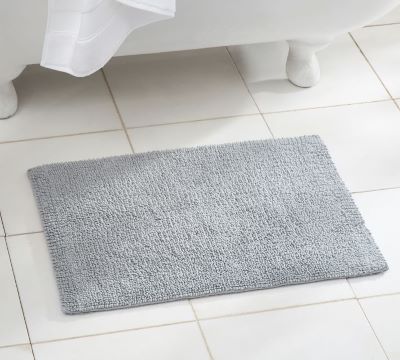
Fix-It Guy: 3 Tips to Double the Life of Your Front-Load Washer
One of my saddest duties as an appliance repair tech is breaking the news to a customer that it will cost over $500 to repair their front-load washer. I know that most likely they will buy a new machine and the broken washer will end up in the landfill. But some of the most common problems are easy to prevent. These three tips can double the service life of your front-load washer, saving you money and keeping it out of the landfill.
Tip 1: Avoid Washing Heavy Items
Front-load washers should last over 10 years, so consumers are understandably upset when their machines last only half that time. Often, at the four-year mark, a customer will tell me that their washer is very loud and wobbly during high-speed spin: “My washer sounds like a jet taking off during spin.” This all-too-common complaint is the death knell of the front-load washer. The problem is either a worn-out rear bearing or a broken spider support bracket. The same practice causes both of these problems and it’s easy to avoid.
First, check out this video to see how to test your washer for a worn-out bearing.
[embedded content]
What causes your washer’s rear bearing to fail or the spider bracket to break? Here is one potential culprit:

Bathroom mats absorb so much water that they become much too heavy for your machine to spin. Washing them wears out the parts prematurely and cuts the washer’s life span in half.
Other items that can lead to the premature death of your washer include:
- Blankets
- Comforters
- Sleeping bags
- Weighted blankets
- Dog pads/mats
All of the above are too heavy and beyond what your washer was designed to handle. But nowhere in your washer’s owner’s manual will it say anything about avoiding washing heavy items.
My customers ask, “How am I supposed to clean my large, heavy items?” My advice: Make the trek to the local coin-operated laundromat once a month; their big, robust machines can handle heavy-duty washing.
Tip 2: Keep Washer Door Open Between Washes
Countless front-loaders are thrown out each year due to an accumulation of black mold throughout the machine — particularly on the grey rubber door boot seal. Customers complain, “My clothes smell worse when they come out of the washer than when I put them in.”
Not only does the black mold smell really bad, but it also can be a major health problem for many people.

Black mold is a common problem with all front-load washer designs. It’s so pervasive that there are numerous class-action lawsuits against front-load washer manufacturers.
To prevent water from leaking out of the machine when it’s running, the door is manufactured to be water-tight when it’s closed. Unfortunately, many people close the door when they finish using the washer. With the door closed, the inside of the washer is a warm, moist, air-tight environment that mold loves. And the rubber door gasket is a perfect matrix for the mold spores to latch onto.
This video shows how to replace the mold-covered door boot.
[embedded content]
You can easily avoid the mold problem with this easy tip: Keep your front-load washer door open when not in use. This allows airflow so the rubber door gasket can dry out between uses.
Some people have complained to me, “I can’t leave my washer door open because my cat will jump inside the washer.” You don’t need to leave it wide open; it’s OK to leave it open by by as little as 1 inch.

The photo above is of an LG washer that has a built-in magnet that holds the door open just 1 inch when not in use. LG made this modification in response to a class-action lawsuit.
Another practice that helps is wiping out the door boot with a small towel after each wash — especially the area at the bottom of the rubber door boot where water collects.
I also suggest using Affresh washing machine cleaner once a month. Running a hot cycle with one Affresh tablet will prevent mold from forming. If you already see mold on the gasket, run the same procedure twice in a row. It’s very hard to remove black mold stains, but the Affresh cleaning cycle will remove the mold and you’ll only have a mold stain remaining.
Tip 3: Clean the Glass Door Bowl After Each Load
Water leaking out below the door is the most common of these three front-loader issues. And it’s the easiest to solve.
An accumulation of dirt, soap, and hair where the glass door meets the rubber door boot compromises the door’s watertight seal. As a result, water dribbles out throughout the cycle, creating a puddle in front of the washer.
You can fix this in under a minute. Just take a wet washcloth and wipe the bottom outside area of the glass door where it meets the rubber door boot as shown in this video: How To Stop Front Leak. Problem solved.
The silver lining to all three of these common front-load washer problems is that they are easy to avoid. Just follow these tips to extend the life of your front-load washer: Avoid washing heavy items, keep the door open when not in use, and clean the glass door bowl after each wash.
This article was originally published on September 24, 2021.